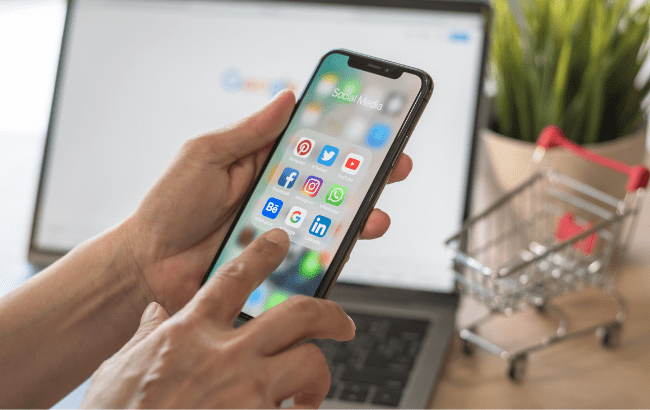Whiskey dominates online alcohol sales
E-commerce alcohol sales are predicted to reach US$40 billion by 2026, with whiskey-based products leading online purchases.

MikMak, the leading e-commerce acceleration platform for multichannel brands, has released the MikMak Shopping Index 2023 Alcohol E-Commerce Benchmarks and Insights Report, which outlines key behaviours of alcohol shoppers in the US.
Rachel Tipograph, founder and CEO of MikMak, said: “Alcohol e-commerce sales surged during the pandemic. Despite a shift back to pre-pandemic purchasing habits, alcohol e-commerce sales are still strong and growing.”
According to data from IWSR Drinks Market Analysis cited by MikMak, e-commerce alcohol sales are expected to grow by more than a third 2026, to reach US$40bn.
When looking at basket-level data, the MikMak Shopping Index shows that the average alcohol shopping cart contains 5.9 items, with varieties of whiskey appearing most commonly among the top 10 products, with whiskey-based canned cocktails taking pole position, and peanut butter whiskey coming in second.
Elderflower liqueur and vodka products dominate the middle rankings, with rum and beer taking ninth and 10th place.
Purchase intent
The report has found that Instagram remains the top social platform for alcohol e-commerce in 2023, yielding the highest Purchase Intent (PI) rate (the number of times a shopper has clicked through to at least one retailer during a single session) for alcohol at 16.7%.
Meanwhile Facebook has the second-highest PI rate, at 8.9%.
Drizly was found to be the retailer that drives the most in-market traffic for alcohol brands, with 37.3% PI clicks.
Walmart and Instacart are second and third with 20.8% and 19.8% respectively.
Quick delivery retailer Total Wine follows with 15.2% of shoppers, while local option Kroger rounds out the top five retailers at 6.5%.
The report notes that advertising on a mix of channels, especially Instagram, and being available at a variety of retailers, namely Drizly, can help brands win market share with alcohol shoppers.
Alcohol shoppers are more likely to buy mid-week during evening hours, according to the report, with Thursdays generating the highest PI clicks at 14.8%.
Mondays take the lowest share of PI clicks, with 13.2%.
Tipograph added: “For alcohol brands competing in this space, understanding digital’s impact on online and offline sales, as well as having insight into the full customer journey, is vital to positioning and designating spend effectively.”
Related news
US on-premise spirits sales favour premiumisation
